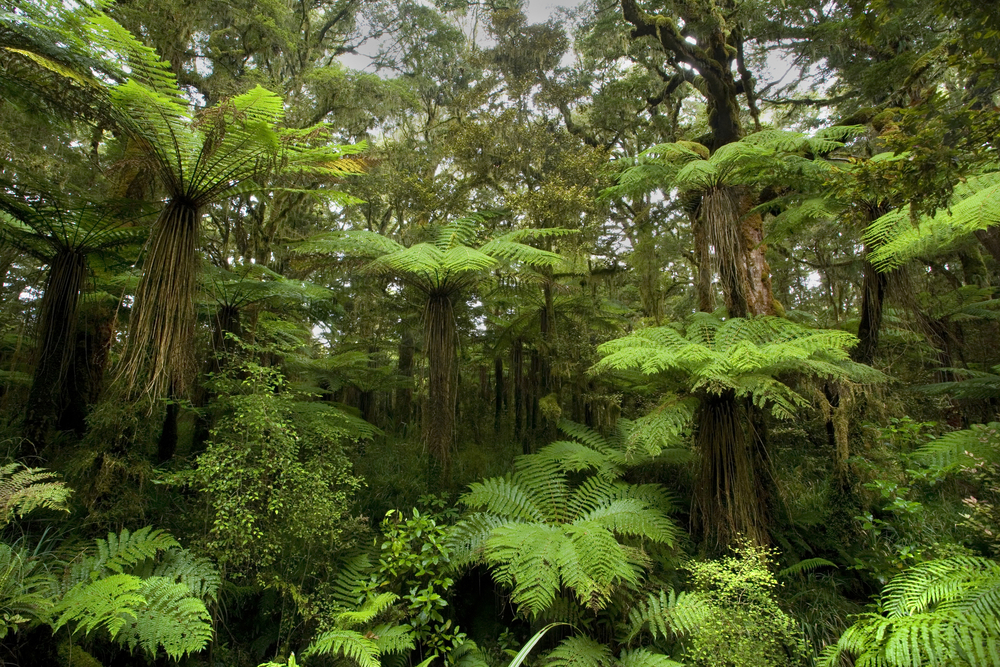In the deep canopy of Panama‘s Quebrada Chorro forest, an unusual survival strategy has been discovered in a tree fern called Cyathea rojasiana. In a world where adaptation is the key to survival, this fern takes an unconventional approach by transforming its deceased fronds into a lifeline.
A ‘serendipitous discovery’
According to James Dalling, a tropical forest ecologist at the University of Illinois, the finding of this amazing behavior was not intended, but rather a stroke of fate: “We would have missed it if we hadn’t actually been digging around in the soil.” During an expedition in 2019 focused on studying the nutrient acquisition of tropical conifers, the researchers stumbled upon a thicket of Cyathea rojasiana tree ferns. When they tried to remove dead fronds, they were astonished to discover these lifeless leaves had sprouted roots and were firmly embedded in the earth.
Decay to opportunity: the fern’s adaptive strategy
Unlike other varieties, C. rojasiana intentionally repurposes its dead leaves, which was observed by Dalling’s team during the unplanned exploration. The fern, which keeps a protective layer of dead leaves around its base, employs this unique adaptation when its fronds touch the ground. Dalling hypothesizes that rather than putting energy into growing new roots from scratch, the fern uses its drooping leaves to seek out pockets that contain vital nutrients in the difficult soil of Quebrada Chorro forests.
Roots reborn
Back in the lab, the researchers planted some of these leafy roots, and the results were astounding. Dissections revealed the presence of rootlets capable of efficiently absorbing nutrients, validating their function as roots. This remarkable discovery establishes C. rojasiana as the world’s only plant capable of resurrecting dead leaves into functional roots.
Unexpected oddity: nature’s astonishing anomaly
While the botanical world is full of unusual adaptations, Cyathea rojasiana‘s achievement stands apart. Erin Sigel of the University of New Hampshire expresses her astonishment: “I’ve never heard of any other fern doing this, or for that matter, any other land plant.” Even experienced botanist Robbin Moran, formerly of the New York Botanical Garden, is taken aback, calling it “weird.”
Future exploration: discovering the secrets of fern alchemy
Dalling’s curiosity is still piqued, and he intends to dive more into the structure of these leafy roots with a plant anatomy expert. His investigation extends to identifying probable mycorrhizal fungus within these rootlets, which are critical players in nutrient absorption for many plants. The fern’s unexpected adaption raises interesting concerns regarding the complex interactions between plants and fungi.
Nature’s endless creativity
Cyathea rojasiana‘s narrative calls into question our understanding of plant limits. Nature’s limitless inventiveness continues to amaze and educate us. As we uncover the mysteries of this fern’s incredible adaptation, we acquire a greater understanding of the inventive ways that life thrives even in the most difficult habitats.











